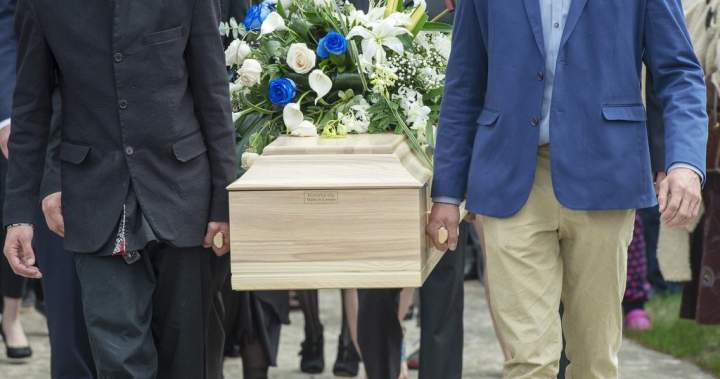A damning coroner’s report released Tuesday has exposed catastrophic failures in Quebec’s youth protection system that led to the tragic death of a seven-year-old Granby girl in 2019, a case that shocked the province and sparked demands for immediate reform.
Coroner Géhane Kamel’s scathing 142-page report details a harrowing pattern of institutional neglect, describing how the child, whose identity remains protected by a publication ban, was failed by a system that was supposed to protect her. Despite 53 reports to youth protection services over seven years documenting suspected abuse, the young girl died after being found bound with adhesive tape in her father’s home.
“This was not simply a case that fell through the cracks,” Kamel wrote. “It was a systematic collapse of protective measures at every level, revealing profound dysfunction in how we safeguard our most vulnerable children.”
The report identifies numerous critical breakdowns, including inadequate case follow-up, poor information sharing between agencies, and a troubling tendency to return children to unsafe homes despite clear warning signs. Social workers managing the case were described as overwhelmed by excessive caseloads, with some handling more than double the recommended number of files.
“What happened to this little girl represents the most devastating failure of our collective responsibility,” said Quebec’s Minister for Social Services, Lionel Carmant, in response to the report. “The recommendations outlined by Coroner Kamel will guide our ongoing reforms to ensure such a tragedy never occurs again.”
The child’s death in April 2019 prompted Quebec to establish the Laurent Commission, which conducted a comprehensive review of the province’s youth protection services. While the commission’s 2021 report led to some improvements, Kamel’s findings suggest much more substantial changes are needed.
Among the coroner’s 21 recommendations are calls for mandatory training on domestic violence for youth protection workers, strict protocols for case transfers between regions, and the development of more sophisticated risk assessment tools. Most critically, Kamel emphasized the need for immediate action to address chronic understaffing and excessive workloads that prevent thorough case evaluations.
“Social workers are making life-altering decisions for children while drowning in paperwork and impossible caseloads,” explained Dr. Gilles Julien, a prominent child welfare advocate. “When professionals don’t have time to properly assess family situations, children remain in danger.”
The child’s stepmother and father were both charged in connection with her death. The stepmother was sentenced to life imprisonment with no chance of parole for 13 years after being found guilty of second-degree murder, while the father received a four-year sentence for criminal negligence causing death.
Community advocates have expressed both grief and frustration at the report’s findings, noting that many of the identified systemic issues were highlighted in previous reviews following other child deaths.
“How many more reports and how many more children must we lose before these recommendations are fully implemented?” asked Marie-Vincent Fortin, director of a Montreal-based child advocacy group. “The time for studies has passed. We need immediate action and accountability.”
As Quebec officials pledge to strengthen protective services in response to the report, many are left wondering: Will this tragic case finally catalyze the profound systemic changes needed to protect vulnerable children, or will these urgent recommendations once again fade as public attention moves elsewhere?










